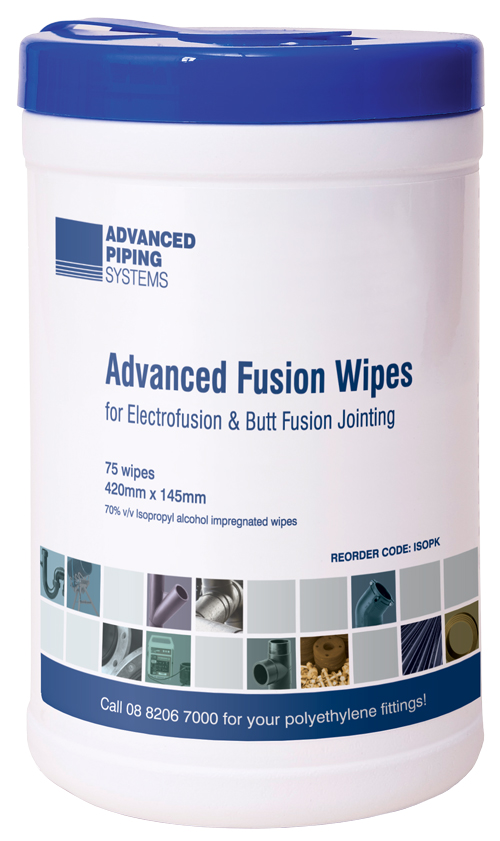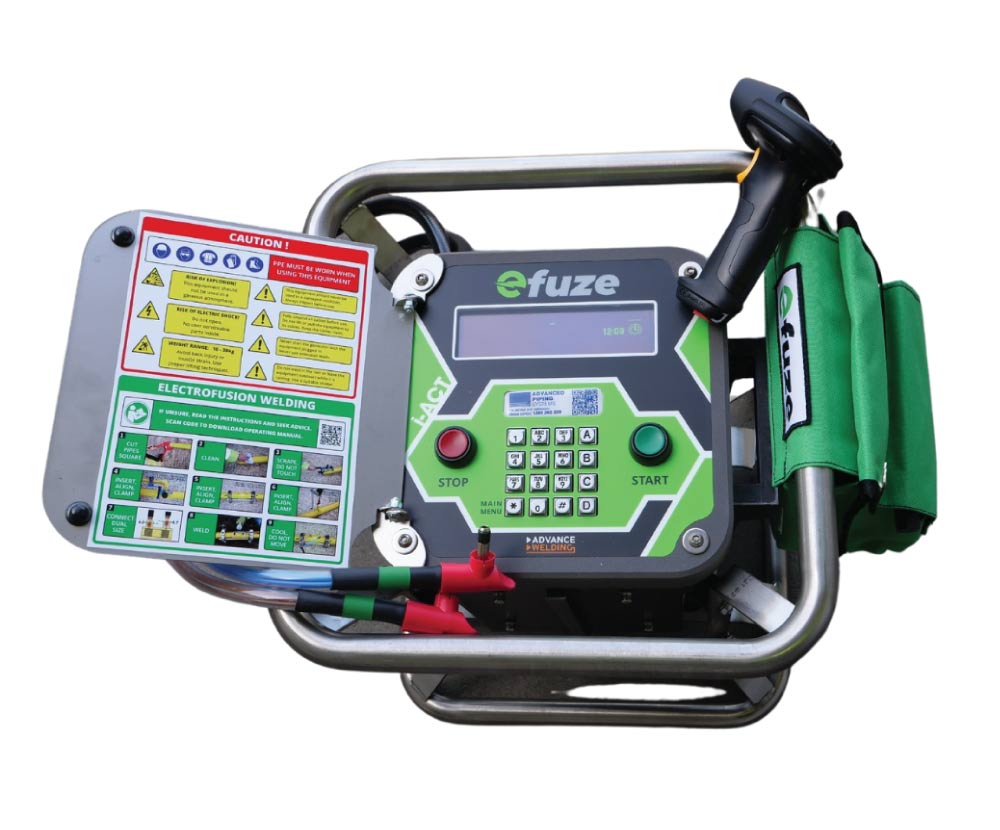How RCM Runs from Day to Day (RCM Part Three)

Our three-part reliability-centred maintenance (RCM) series concludes with a close-up look at how RCM runs from day to day. You have risks to define and manage, documentation to write, and workmates to keep on-side with good news.
If you need a terminology refresher, see Part One-: Assets, systems, context and failure all mean particular things to RCM managers. Part Two looked at failure, and gave you a way to put meaningful value on the failures you prevent.
This part gives you the tools that will bring your reliability-centred maintenance piece together.
Reliability-Centred Maintenance helps you take the right risks
By now you know which potential failures will have small effects, and which are least likely. You also know the cost of mitigating different risks through maintenance.
These things show you that it is ok to live with some risks. Tolerating risk is an important part of your maintenance strategy.
Some failures deserve less of your time and attention. Accept that they might happen, make a plan for when they do, and move on.
A major advantage of RCM is that you you might find some quite likely and severe risks that you hadn’t considered. By looking so closely at everything you maintain, and the context around it, you see new things.
Put likely, severe failures at the top of your ‘to fix’ list.
Keep records!
Once you have a clear idea of the context, system and assets that you maintain, there is just one document to create: A Failure Mode Effects and Criticality Analysis (FMECA).
This document outlines your context, the possible failure modes of your assets, and the most appropriate maintenance tasks. You can see that this follows on from everything you’ve learned so far.
How can you use RCM on an ongoing basis?
The heart of reliability-centred maintenance is the list of maintenance tasks in your FMECA. “Packaging” these tasks gives your maintenance team a rationalised set of jobs that you can schedule and call up when needed.
From here, just keep delivering and learning.
You and your team will learn as you deliver reliability-centred maintenance. You’ll see which tasks are most effective, and you’ll learn from the experience. Then you can adjust your plans and your approach.
Remember to share your success! When you see cost savings or, say, a drop in unplanned outages, let your workmates know. Since they have been part of your reliability-centred maintenance setup, they’ll like knowing that it’s successful. As you keep improving it, they will be more likely to stay involved.
Where else can you see RCM in action?
Reliability-centred maintenance is a popular methodology, and it’s one that people like talking about. That means there are lots of case studies to learn from (and good ideas to steal!).
Developments that clued-up maintenance managers have been quick to follow include:
- multi-dimensional ways of assessing equipment performance, reliability, and ease of maintenance
- tools and techniques for managing risks and making data-led decisions
- evolving forms of maintenance
- broad-based organisational participation in RCM.
Every workplace is different, so there’s no single RCM formula to follow. As new ideas are tried elsewhere, you want to know what they are so you can decide whether they could also work for you.
Download this guide to reliability-centred maintenance
We’ve put together this three-part series as a complete starter guide to Reliability Centred Maintenance. Download your copy now
Like what you see?





